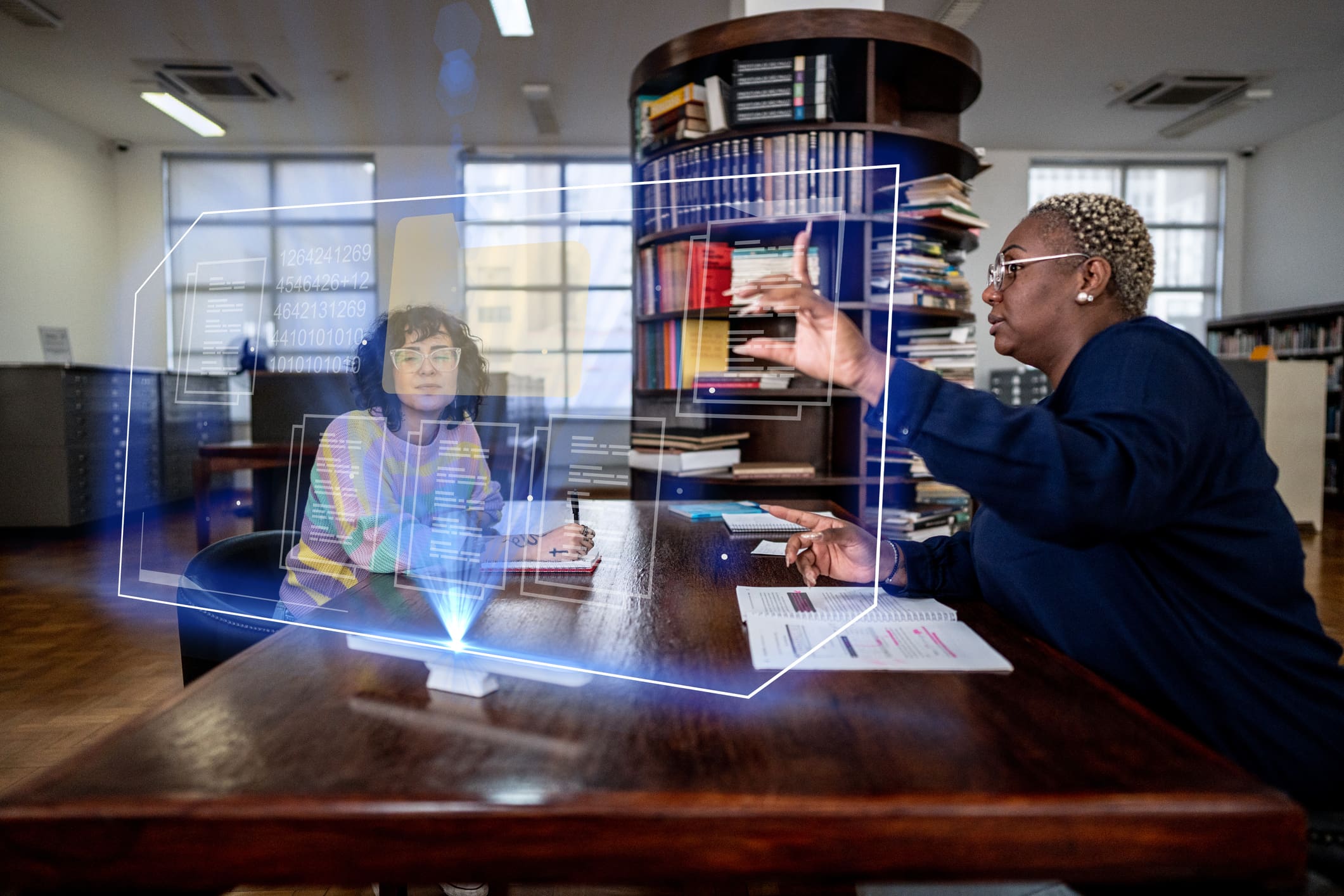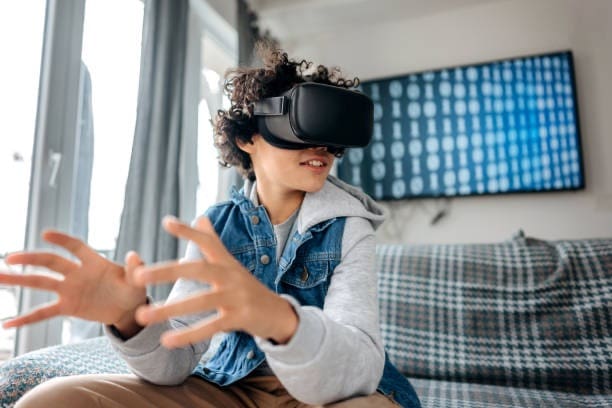
Integrating Web3 Concepts into K-12 Learning Environments
As technology reshapes how we connect, create, and collaborate, Web3—the next evolution of the internet—offers new opportunities to transform education. While still in its early stages, Web3’s foundational ideas—decentralization, digital ownership, and enhanced interactivity—are beginning to influence forward-thinking K-12 learning environments.
When approached thoughtfully, these concepts can inspire more student agency, creativity, and future readiness while aligning with existing curriculum goals.
What is Web3 in an Educational Context?
Web3 refers to an internet model built on decentralized technologies such as blockchain, token-based economies, and peer-to-peer networks. In a K-12 setting, this isn’t about cryptocurrency speculation—it’s about teaching the skills, ethics, and systems thinking that will define the digital world students are inheriting.
Core elements include:
-
Blockchain technology for transparent record-keeping and credentialing
-
Decentralized networks to encourage collaboration without a single point of control
-
Digital ownership and NFTs as a framework for understanding intellectual property
-
Smart contracts as examples of automated decision-making
Why Bring Web3 Concepts into the Classroom Now?
Even though widespread adoption in education is still emerging, introducing Web3 concepts early can help students:
-
Build Digital Literacy Beyond Social Media – Understanding how blockchain verifies authenticity or how decentralized systems work equips students to navigate the future internet more critically.
-
Engage in Authentic Project-Based Learning – Students can publish, trade, and protect their own creative work, experiencing the principles of ownership and attribution first-hand.
-
Foster Global Collaboration – Decentralized platforms allow students to collaborate with peers worldwide on shared projects, without reliance on one centralized server or institution.
-
Prepare for Emerging Career Paths – From smart contract auditing to digital asset design, many future careers will demand Web3 fluency.
Practical Applications for K-12 Classrooms
While still experimental, educators can begin introducing Web3 principles in age-appropriate ways:
-
Digital Portfolios on Blockchain – Instead of traditional paper-based transcripts, blockchain technology could store students’ academic achievements and creative projects securely and permanently.
-
NFT-based Creative Projects – Students can create digital art, writing, or music, mint it as NFTs, and learn about copyright, royalties, and creative rights.
-
Decentralized Science Projects – Using shared research databases that run on decentralized systems to learn about data sharing, verification, and transparency.
-
Gamified Learning with Token Rewards – Classrooms could experiment with token-based incentives tied to mastery of skills or contributions to group projects.
Key Considerations for Educators and School Leaders
Before implementing Web3 tools, schools must address:
-
Equity of Access – Ensure all students have the technology and internet access needed to participate.
-
Data Privacy & Security – Blockchain is transparent, but student data must remain safe and compliant with regulations.
-
Teacher Training – Educators need professional development to understand both the opportunities and limitations of Web3.
-
Ethical Use Policies – Clear guidelines are needed for responsible use, avoiding speculative or unsafe practices.
Moving Forward: Web3 as a Tool, Not a Trend
Integrating Web3 concepts into K-12 learning isn’t about chasing the latest tech fad—it’s about equipping students with the mindset and skills to thrive in a decentralized, participatory digital future. Schools that begin experimenting now, even on a small scale, will help their students move from being passive technology consumers to active digital citizens.
Optima partners with schools to explore emerging technologies like Web3 in ways that enhance—not overwhelm—the learning experience. With the right vision, training, and safeguards, educators can open the door to entirely new ways for students to connect, create, and take ownership of their learning journey.





